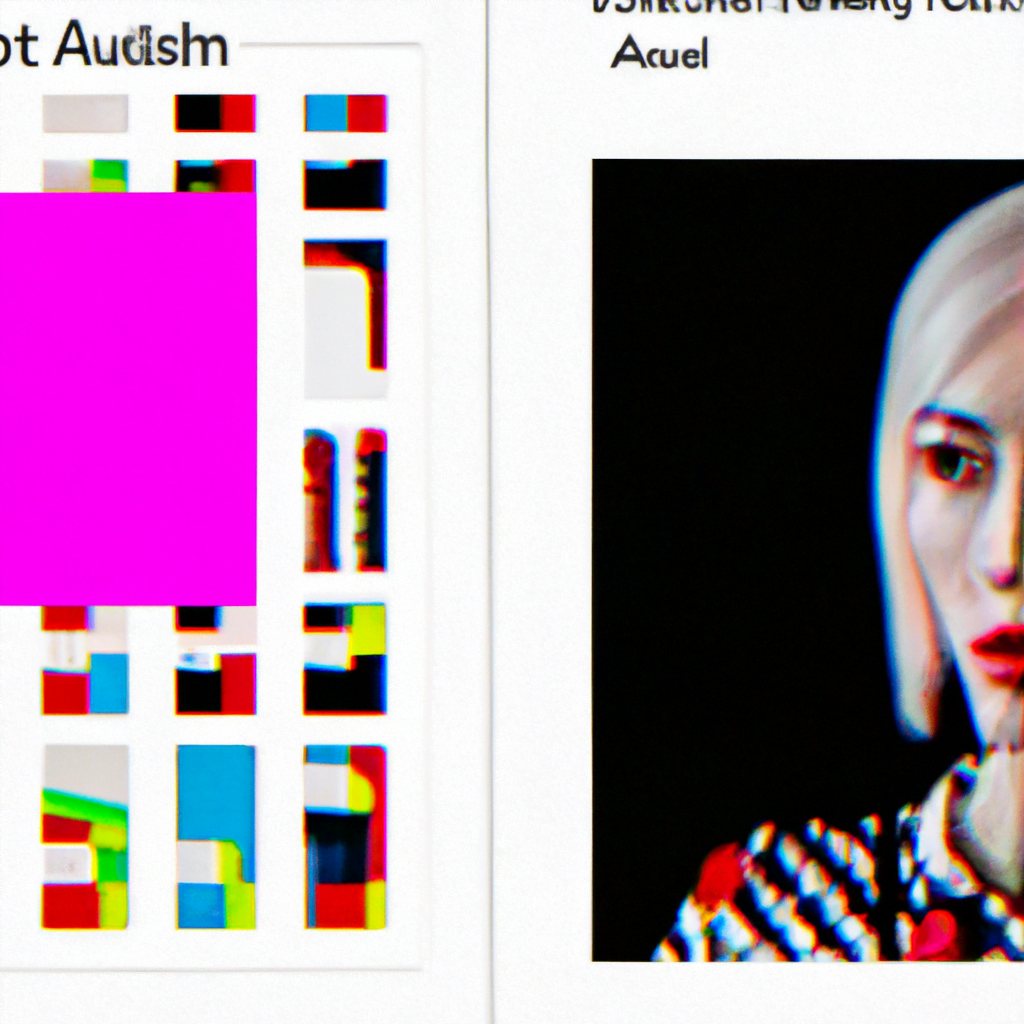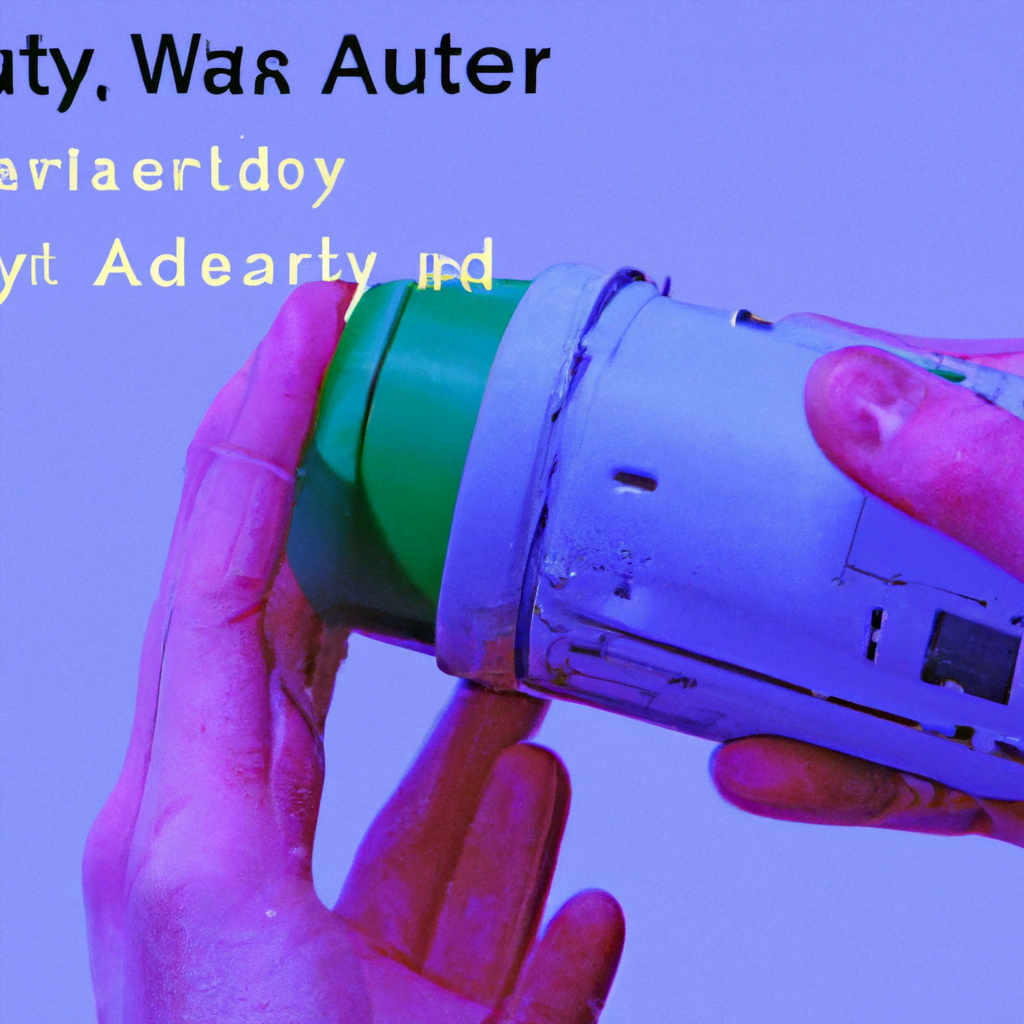
AI in User Experience (UX) Design: Improving Usability and Accessibility

Artificial Intelligence (AI) has revolutionized various industries, and User Experience (UX) design is no exception. With the ability to analyze vast amounts of data and make intelligent decisions, AI has the potential to greatly enhance the usability and accessibility of digital products. In this article, we will explore how AI is being used in UX design, the benefits it brings, and some real-world examples of its application.
The Role of AI in UX Design
AI can play a significant role in improving the overall user experience by automating repetitive tasks, personalizing content, and providing intelligent recommendations. Let’s delve into some specific areas where AI is making a difference:
1. User Research and Insights
Traditionally, user research involved conducting surveys, interviews, and usability tests to gather insights. However, AI-powered tools can now analyze user behavior, preferences, and feedback at scale. By leveraging machine learning algorithms, UX designers can gain valuable insights into user needs and pain points, allowing them to make data-driven design decisions.
For example, Netflix uses AI algorithms to analyze user viewing patterns and preferences. This data is then used to personalize the user interface, recommend relevant content, and improve the overall user experience.
2. Natural Language Processing (NLP)
Natural Language Processing (NLP) is a branch of AI that focuses on understanding and interpreting human language. By incorporating NLP into UX design, designers can create more intuitive and conversational interfaces.
Chatbots are a prime example of NLP in action. These AI-powered virtual assistants can understand and respond to user queries in a natural language format. By providing instant assistance and resolving user issues, chatbots enhance the overall user experience and improve customer satisfaction.
3. Personalization and Recommendation Systems
AI enables personalized experiences by analyzing user data and tailoring content to individual preferences. Recommendation systems, powered by AI algorithms, can suggest relevant products, articles, or services based on user behavior and preferences.
Amazon’s recommendation engine is a well-known example of AI-driven personalization. By analyzing user browsing and purchase history, Amazon can provide personalized product recommendations, enhancing the user experience and increasing sales.
4. Accessibility and Inclusive Design
AI can also contribute to making digital products more accessible and inclusive. By leveraging computer vision and machine learning, designers can develop interfaces that cater to users with disabilities.
For instance, Microsoft’s Seeing AI app uses AI algorithms to assist visually impaired individuals. The app can recognize objects, read text, and describe scenes, providing a more inclusive experience for users with visual impairments.
The Benefits of AI in UX Design
The integration of AI in UX design brings several benefits that enhance the overall user experience. Let’s explore some of these advantages:
1. Improved Usability
AI-powered UX design can automate repetitive tasks, reducing user effort and improving efficiency. For example, AI can automatically fill in form fields based on user data, saving time and reducing friction in the user journey.
Additionally, AI can analyze user behavior and provide real-time feedback, helping users navigate complex interfaces more easily. By understanding user needs and adapting the interface accordingly, AI improves the overall usability of digital products.
2. Enhanced Personalization
Personalization is a key aspect of a great user experience. AI enables designers to create personalized experiences by analyzing user data and tailoring content to individual preferences.
By providing relevant recommendations, personalized interfaces, and targeted content, AI-powered UX design can significantly enhance user engagement and satisfaction. Users feel understood and valued when they receive personalized experiences, leading to increased loyalty and retention.
3. Data-Driven Design Decisions
AI-powered tools can analyze vast amounts of user data and provide valuable insights to UX designers. By understanding user behavior, preferences, and pain points, designers can make informed design decisions that align with user needs.
Instead of relying solely on intuition or limited user feedback, AI enables designers to base their decisions on concrete data. This data-driven approach leads to more effective and user-centric design solutions.
Real-World Examples
Let’s explore some real-world examples of how AI is being used in UX design:
1. Google’s Smart Reply
Google’s Smart Reply feature uses AI to suggest short, contextually relevant responses to emails. By analyzing the content of incoming messages, Smart Reply saves users time by offering quick response options. This AI-powered feature enhances the user experience by streamlining email communication and reducing the effort required to compose replies.
2. Spotify’s Discover Weekly
Spotify’s Discover Weekly playlist is a popular feature that uses AI algorithms to recommend personalized music based on user listening habits. By analyzing user behavior and preferences, Spotify creates a unique playlist for each user every week. This personalized recommendation system enhances the user experience by introducing users to new music they are likely to enjoy.
3. Adobe Sensei
Adobe Sensei is an AI-powered platform that integrates with various Adobe products, including Photoshop and Illustrator. It automates repetitive tasks, such as image editing and object selection, saving designers time and effort. By reducing manual labor, designers can focus on more creative aspects of their work, resulting in improved productivity and a better user experience.
Summary
AI is transforming the field of UX design by improving usability and accessibility. By leveraging AI technologies such as user research and insights, natural language processing, personalization and recommendation systems, and inclusive design, designers can create more intuitive, personalized, and accessible digital experiences.
The benefits of AI in UX design include improved usability, enhanced personalization, and data-driven design decisions. Real-world examples like Google’s Smart Reply, Spotify’s Discover Weekly, and Adobe Sensei demonstrate the practical application and positive impact of AI in UX design.
As AI continues to advance, it will undoubtedly play an even more significant role in shaping the future of UX design, ultimately leading to better user experiences for all.
